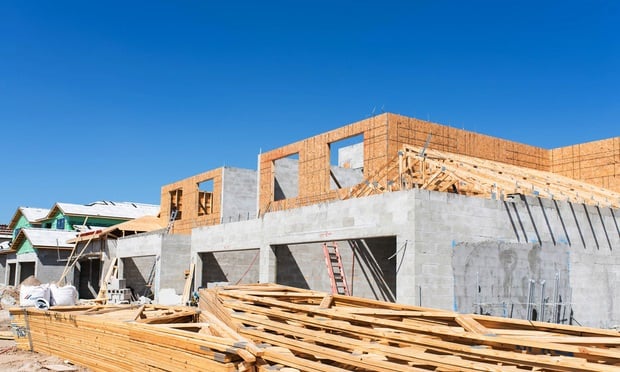SAN FRANCISCO–Market fundamentals have consistently moved in one direction during the past five years, according to a recent CBRE report. Rents have increased every quarter since second quarter 2010 and are now 122% higher, including a 3.2% increase during last quarter to $67.99. Demand has followed this same trend, with net absorption remaining positive and posting 144,316 square feet of additional occupancy this quarter, bringing the year-to-date total to 780,083 square feet.
These trends could not prevent a confluence of traditional tenants giving up space, new construction deliveries and sublease space additions from interrupting the downward vacancy trend, which went up by 20 basis points to 5.7%.
Very low vacancy and limited available space has restrained fulfillment of demand and is likely to result in less consistent statistical movements contingent on the timing of spaces newly marketed, vacated or leased. This low-supply, high-demand condition has correspondingly restrained leasing activity, which was down slightly quarter-over-quarter, and made sublease space additions seem more meaningful than analysis shows.
The addition of several notable sublease spaces has fueled speculation of impending market weakness. Analysis shows the level of sublease space availability to be up and down during the past 12 months, with no clear breakout from its 1.3 million square feet trailing 18-month moving average. Understanding the reason why firms are subleasing space provides valuable insight into market dynamics. The 20 largest sublease spaces show that non-tech tenants are subleasing because they are downsizing or leaving the city entirely, which also applies to direct space. Tech firms are subleasing primarily as a result of rapid growth, marketing space that's either become too small or being “banked” short term for future use to avoid the outgrowth problem. Analysis also shows that good quality sublease space ready for occupancy is being leased quickly.
Demand remains quite strong and supply is unable to keep pace. The 1.5 million square feet of new construction deliveries to come in 2015 will do little to re-balance the market as 93% of it is pre-leased. Thus, average asking rates in the CBD breaking the $70 mark for the first time since the dot-com era should not be too surprising.
In preparation for the upcoming RealShare Bay Area Power Panel on July 14, Brian Bailey, CCIM, senior financial policy analyst at Federal Reserve Bank of Atlanta weighed in on current market conditions, telling GlobeSt.com: "Fundamentals of job growth, retail consumption and supply are the primary influences behind the rebound in CRE dynamics. San Francisco and the nation are experiencing an improvement in macro-level factors. Also, the Bay Area is benefitting from a surge of foreign capital that is seeking US commercial real estate properties, and bank lending is in the midst of a resurgence in activity."
Want to continue reading?
Become a Free ALM Digital Reader.
Once you are an ALM Digital Member, you’ll receive:
- Breaking commercial real estate news and analysis, on-site and via our newsletters and custom alerts
- Educational webcasts, white papers, and ebooks from industry thought leaders
- Critical coverage of the property casualty insurance and financial advisory markets on our other ALM sites, PropertyCasualty360 and ThinkAdvisor
Already have an account? Sign In Now
*May exclude premium content© 2025 ALM Global, LLC, All Rights Reserved. Request academic re-use from www.copyright.com. All other uses, submit a request to [email protected]. For more information visit Asset & Logo Licensing.








